
|
|
|
|
|
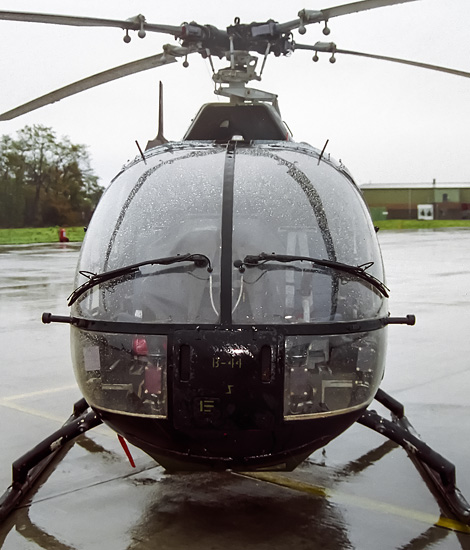
|
The no 299 Squadron “Hopper”; Gilze-Rijen, November 1, 2000
The Bo-105 Bölkow at Gilze-Rijen; Text and Photograph's by Alex van Noye
The only unit in the Netherlands which is flying the Messerschmitt Bölkow Blöm Bo-105 Bölkow is the no 299 Squadron at Gilze-Rijen Air Base. The Bölkow is used for reconnaissance tasks and observation. The Dutch version of the Bölkow is unarmed. The Bölkow is deployed in areas where other helicopters cannot operate.
Those who think nowadays at the name 299 Squadron, think at the Bo-105 Bölkow helicopters in the Royal Netherlands Air Force. The Bölkow was purchased in the Netherlands in 1974 to replace the Piper Super Cub L-21B. The Bo-105 is a helicopter for five people and was built by the German MBB (Messerschmitt Bölkow Blöm). The Dutch helicopters that were purchased were of the type Bo-105C Bölkow and a total of 30 helicopters were purchased. When the BO-105C Bölkow was introduced into the air force, the aircraft were accommodated at both the no 298 squadron at Soesterberg Air Base and the no 299 squadron at Deelen Air Base. Due to operational and logistical reasons, it turned out to be more efficient in time to accommodate the helicopters at one single squadron. From August 31, 1979, all Bölkow Helicopters moved from the no 298 Squadron to the no 299 Squadron at Deelen. In return, all Allouette III helicopters were transferred from the no 299 Squadron to the no 298 Squadron. The Dutch Bo-105C Bölkow helicopters were delivered by MBB in a uniform dark green color scheme. The B-67 became in 1981, the first helicopter which was sprayed in a brown and black camouflage scheme. In the 1990s, a green color was finally added to the color scheme and the RNLAF roundels were applied in a much smaller size.
The first Bölkow which was lost by the air force was the B-73 in 1978. The helicopter was stuck with its skids behind a concrete block during hovering at Soesterberg, which caused the helicopter to hit the concrete. In this accident a fire broke out, causing the Bölkow to burn out completely. The pilots, however, managed to escape safely. The depreciation of the B-73 in 1978, created the need for an additional helicopter. This additional Bölkow was added to the arsenal after the Air Force took over a Bo-105D from KLM in 1982. The first major modernization which the Bölkow underwent was the Mid-Life Update in 1987. The helicopters then underwent a drastic modernization of the aircraft instruments. The helicopters received night vision equipment and a Doppler
|
|
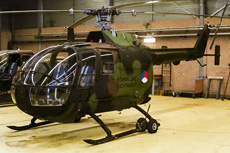
|
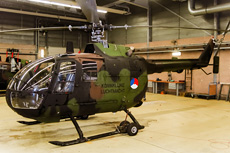
|
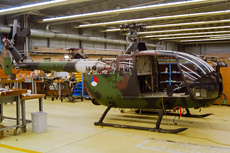
|
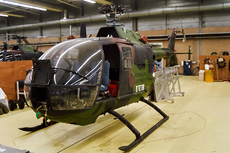
|
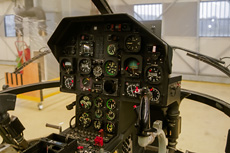
|
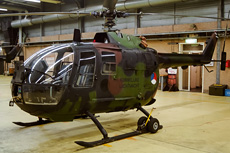
|
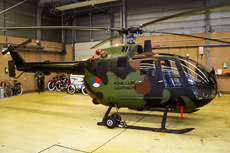
|
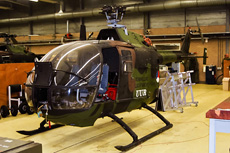
|
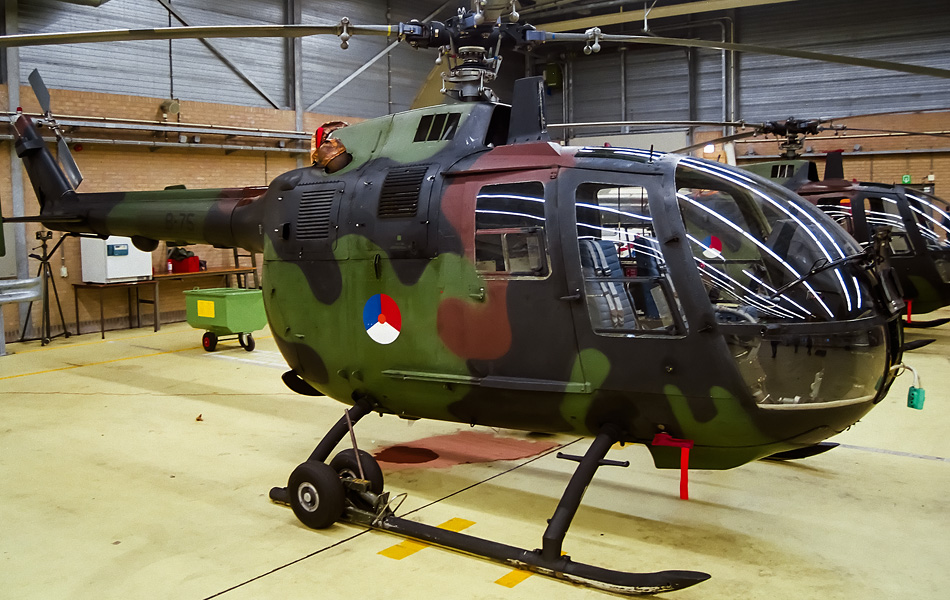
|
navigation system during this update. The helicopters could also be used in the dark during tactical operations. There were also adjustments to the cockpit lighting and a Tacan navigation system, UHF/VHF radio equipment and a stabilization system called "Helipilot" were installed. This stabilization system would keep the helicopter stable in the event of disturbances from the outside. The renewed helicopters would henceforth be referred to as the Bo-105CB Bölkow. Only the helicopter which was taken over from the KLM was designated as Bo-105DB Bölkow. A direct result of the addition of the night vision equipment and the Doppler system was that the no 299 Squadron received a substantial expansion of the package of duties.
After the modernization program, a number of helicopters were lost over the years as a result of the extensive range of tasks. The first helicopter which was lost was the B-65. This helicopter made a reconnaissance flight over a wooded and hilly terrain near Kleeberg near Ibbenbüren in the state of North Rhine-Westphalia in Germany. During this flight, the main rotor blades hit the treetops, causing the blades to break off the helicopter. The helicopter crashed between the trees and was irreparably damaged. The cockpit section of this aircraft was later used as a flight simulator for the Bo-105. In 1992, as a result of an action by an environmental organization called "Weeds", a helicopter was irreparably damaged at Deelen Air Base. The B-46 went up in flames during this action when the action group set fire in the hangar at Deelen. Eventually this helicopter was written off and scrapped in Den-Dolder. The last Bölkow which was lost was the B-45 in 1994. This helicopter suddenly became out of control during a low-level exercise after an obstacle was hit. The helicopter collapsed in a meadow at the industrial area "De Roef" in Sleeuwijk in North Brabant. The two pilots who were in the helicopter died in this accident. During the operational period in the 1990s, the Bölkows underwent several other major modifications. A number of helicopters were fitted with bulletproof Kevlar armor on the underside of the cabin as part of the deployment of IFOR, SFOR and KFOR peacekeeping operations over Kosovo, Bosnia and Croatia. The helicopters also received chaff and flare dispensers to deceive guided missiles. The type designation of the Bölkow was changed to BO-105CB-4 after this modification.
The Bölkow made within the Dutch Air Force its 100,000th flight hour at the Group Light Aircraft (GPLV) on February 22, 1990. The no 299 Squadron also flew at a number of airshows in the 90s. For these occasions, two Bölkows were provided with a red-white-blue color scheme. The helicopters which received these colors were the B-43 and the B-44. After a major cutback and reorganization of the air force, the no 299 Squadron moved to Gilze-Rijen Air Base in 1995. Deelen Air Base was closed from that moment on and the Bölkows would now operate together with the Apaches of the no 301 Squadron from Gilze-Rijen. The helicopters were parked at Gilze-Rijen in Line Hangar North of the former no 314 Squadron which has flown for years with the F-16 from Gilze-Rijen. In honor of the 25th anniversary of the no 299 Squadron, the B-77 was painted in a gray color scheme. The aircraft had a red-white-blue tail and a large emblem of the no 299 Squadron on the fuselage. Today, the Bölkows are used as light reconnaissance helicopters from Gilze-Rijen and have largely taken over the role of the Allouette III. The Allouette III is largely phased out by the Royal Netherlands Air Force and only flies photo reconnaissance flights and VIP transport. What the future of the Bölkow in the Netherlands is going to be is not yet certain. It is not yet certain whether the helicopter which is now outdated will be replaced for a newer type. Until the time has come, the Bölkows will continue to serve on Gilze-Rijen at the no 299 Squadron.
|
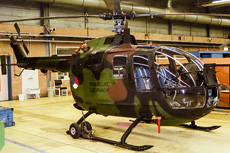
|
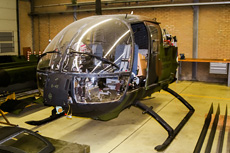
|
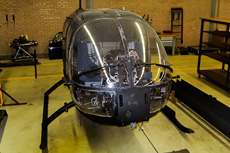
|
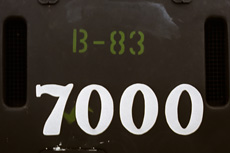
|
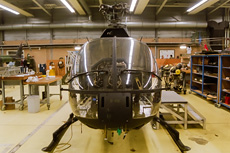
|
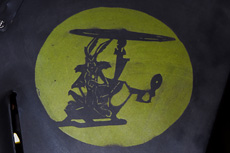
|
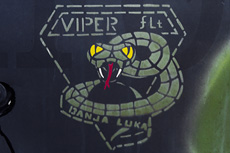
|
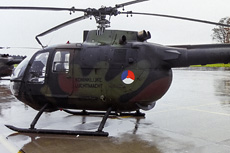
|
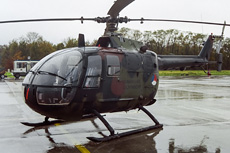
|
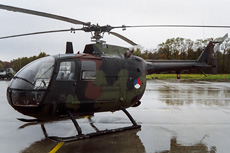
|
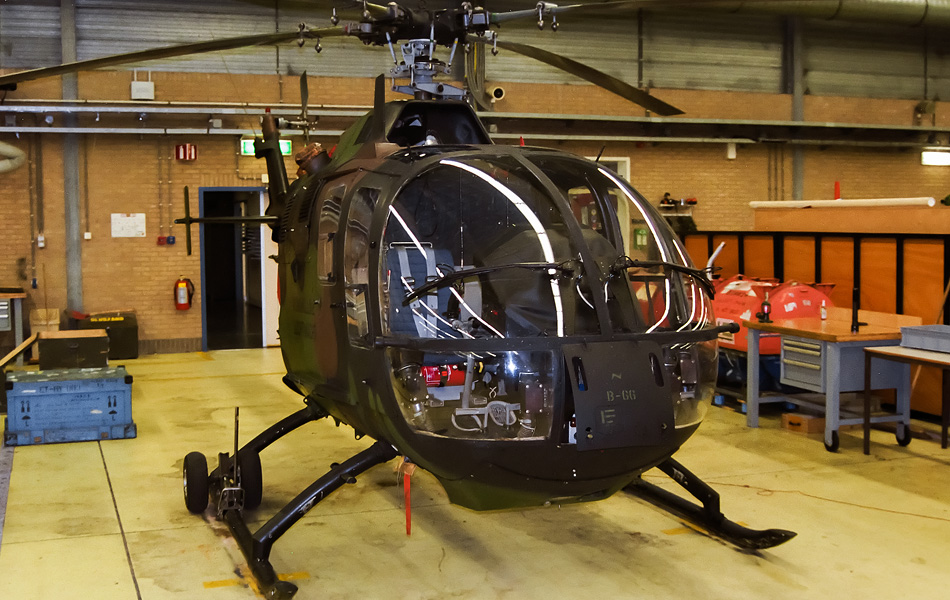
|
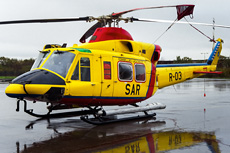
|
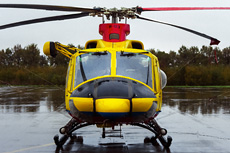
|
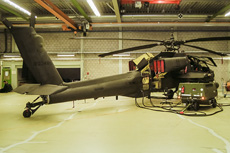
|
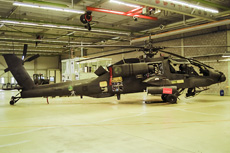
|
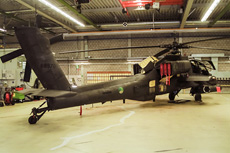
|
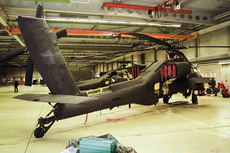
|
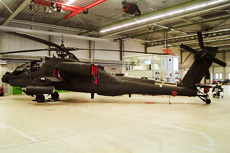
|
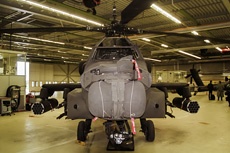
|
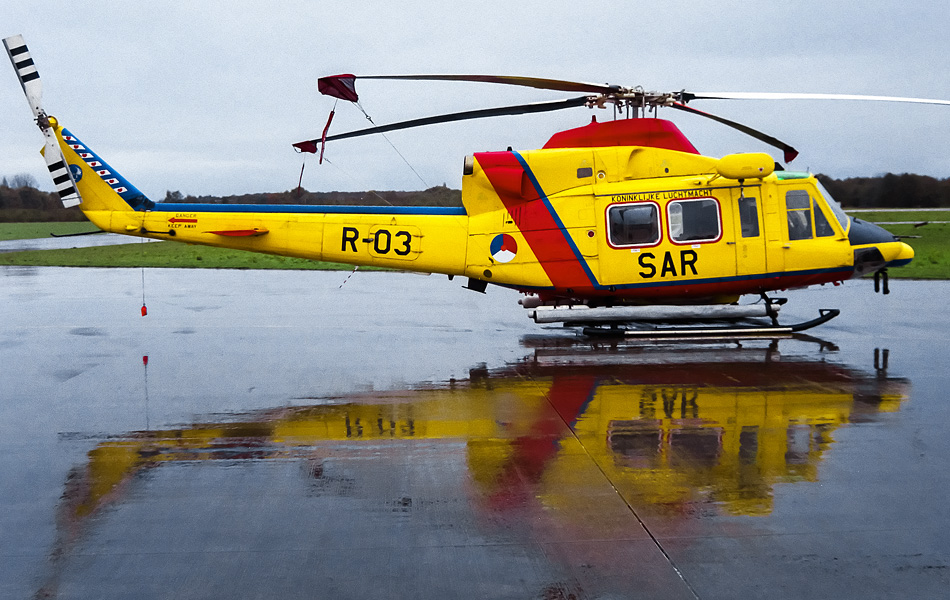
|
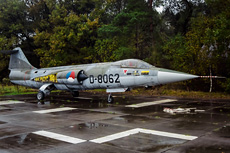
|
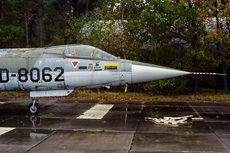
|
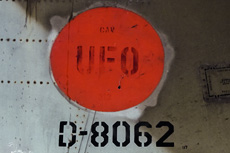
|
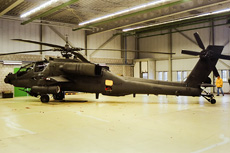
|
|
|

|







